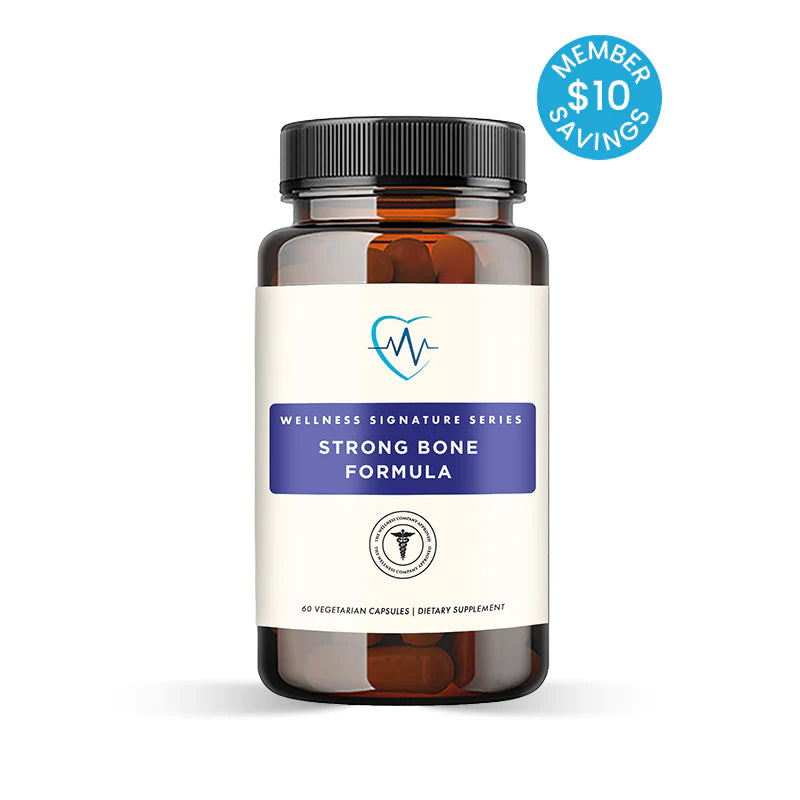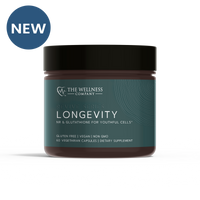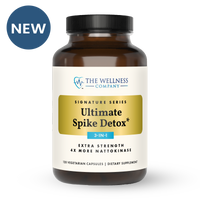Supplementation Strategies to Bolster Bone Health

As we age, many of us grow understandably concerned with the looming potential of diseases like dementia, cancer and heart disease. But when it comes to pathologies of aging, simple physical frailty – the deterioration of strength, endurance, balance and more – poses an equally serious risk to our longevity. Here's a staggering fact to illustrate this point: if you're over the age of 65 and break your hip in a fall, there's a one-in-four chance that you won't be around a year later. Falls, more than car accidents or anything else, are the number one cause of injury-related deaths for people over 65.
While focusing on the prevention of metabolic, cardiovascular, and neurodegenerative disease is certainly worthwhile, it’s arguably just as important to preserve the physical qualities – such as strength, bone health, muscle mass, and balance – that keep us physically able as we age.
The research is clear: preventing falls and maintaining strong bones should be a top priority for everyone who plans to be active well into their golden years.
Before diving into tactics to optimize bone health, let’s answer what might seem like an obvious question: why are fractures so much more common in older individuals? And when they do occur, why do they have such catastrophic consequences?
Fractures are more common in elderly folks because bone density, like muscle, peaks in our late twenties before beginning a slow decline throughout the lifespan. It is only around the age of 65, unfortunately, that most people typically receive their first DEXA scan, which measures their bone density. At this point, many people diagnosed with osteoporosis have already lost enough bone density to render them extremely vulnerable to a fracture if they do happen to fall.
It’s not just the immediate injuries from a fall which threaten a person’s life. Even if a person makes it through the initial injury, the period of bedrest after surgery can cause such a dramatic loss of muscle and further deterioration of bone that their level of independence and quality of life is never the same afterwards.
Bone Health is Under Your Control
But here’s the good news: no matter your age, sex, or current bone health status, there are certain lifestyle habits you can begin today to reliably preserve and even enhance your bone density. The first habit, which has been covered before on this platform, is exercise. According to the research, weight-bearing exercise is one of the longest levers we can pull to preserve bone health.
There are plenty of other pieces to the bone health puzzle, but the one we'll address in the rest of this article is the balance of vitamins and minerals your bones need in order to stay as robust as possible.
Supplementing For Bone Health
When it comes to bone health, the two nutritional supplements that seem to get the most attention are Calcium and Vitamin D. Touted as the building blocks to bone, many people's supplementation regimen ends with alleviation deficiencies of these two compounds. But what often gets ignored is the all-important Vitamin K2, which activates two key hormones – osteocalcin and matrix GLA-protein – that ensure calcium is guided into bone (where it is supposed to arrive), rather than blood vessels (where it can cause serious harm).
Because Vitamin K2 is so hard to find in whole foods, the Wellness Company’s Chief Academic Officer, Dr. Richard Amerling, developed a supplement (Strong Bone Formula) that gets you everything you need in one pill. It has enough Vitamin D, A, calcium, and magnesium to remedy deficiencies, but also contains Vitamin K2 to ensure that calcium ends up where it should.
Bottomline
The data are unambiguous: preventing falls and maintaining strong, healthy bones is crucial to aging well. In addition to weight-bearing exercise, a smart supplementation routine can significantly enhance your bone health, preparing you for a stronger, healthier future.
Remember, it's never too early or too late to prioritize strong bones. By investing in bone health today, you're building a reserve of resilience that will support you for years to come.
References
[1] Centers for Disease Control and Prevention, National Center for Health Statistics. National Vital Statistics System, Mortality 1999-2020 on CDC WONDER Online Database, released in 2021. Data are from the Multiple Cause of Death Files, 1999-2020, as compiled from data provided by the 57 vital statistics jurisdictions through the Vital Statistics Cooperative Program
[2] Bandeen-Roche K, Seplaki CL, Huang J, Buta B, Kalyani RR, Varadhan R, et al. Frailty in older adults: a nationally representative profile in the United States. J Gerontol A Biol Sci Med Sci. 2015;70(11):1427–34.














